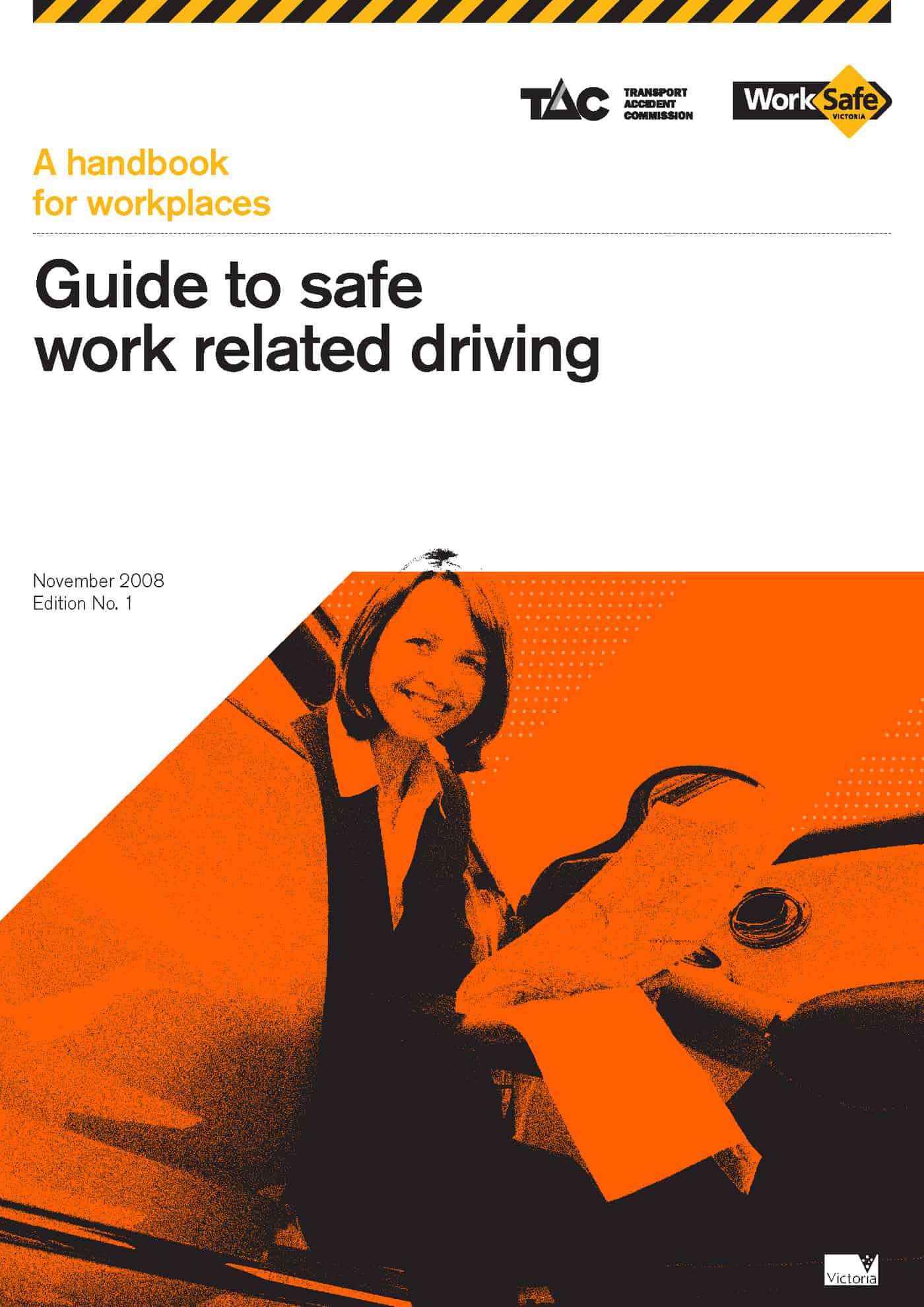As more Australian OHS professional return to work after their Summer break, it will take several days to get through emails. Some of those emails are likely to include a mention of Australia’s review panel reports of model OHS law. The First Report has been out for over a month and the final report is due at the end of this month.
Other than a couple of statements by labour lawyers, the analysis has been relatively quiet, which makes the analysis by Professor Richard Johnstone a good way to remind us of the issues raised and the timetables for the review process.
In December 2008 The National Research Centre for OHS Regulation of the Australian National University released a Working Paper by Professor Johnstone entitled “Harmonising Occupational Health and Safety Regulation in Australia: the First Report of the National OHS Review”. Johnstone identified several important changes suggested by the review panel
“…..These two recommendations are operationalised by arguably the most important proposals in the First Report. These are the recommendations that the model Act impose a “primary” general duty upon a “person conducting a business or an undertaking” and owed to “workers” broadly defined and “others”; and that beneath this primary duty sits a series of specific classes of duty holders with more detailed duties which “flesh out” the primary duty of care, without excluding or limiting the primary duty. ” (page 17)
This concept has originated from Queensland and New South Wales but expanded by the panel and sets up a structure that underpins other elements, such as the duties of “corporate officers”.
In discussing the duties of officers, Professor Johnstone writes
“I urge the Panel to ensure that the definition of “corporate officers” is broad enough to include “shadow directors”, so that responsibility for contraventions by corporations of the general duties in the model Act can be sheeted home to entities such as holding companies and franchisors.” (page 32)
It has to be remembered that the review panel is focusing on law and not necessarily the practical safety management that operates from the legal obligations and is structured on compliance.
In terms of prosecutions Professor Johnstone identifies the following as one of the most important elements of the panel’s First Report
“There should be three categories of offences for each type of duty of care
a) Category 1 for the most serious breaches, where there was a high level of risk of serious harm and the duty holder was reckless or grossly negligent;
b) Category 2 for circumstances where there was a high level of risk of serious harm but without recklessness or gross negligence; and
c) Category 3 for a breach of the duty without the aggravating factors present in the first two categories with maximum penalties that:
d) relate to the seriousness of the breach in terms of risk and the offender’s culpability;
e) strengthen the deterrent effect of the offences; and
f) allow the courts to impose more meaningful penalties, where that is appropriate.”
The panel, or the government, will need to be careful in proposing this categorisation as there are already in Australia OHS professionals advocating a three-stage categorisation of personal damage. As George Robotham has listed the classes, developed by Geoff MacDonald :
“CLASS 1-Damage that permanently alters a persons life e.g. death, paraplegia, amputation of a leg, severe psychological damage.
CLASS 2- Damage that temporarily alters a person’s life e.g. fractured leg that repairs with no lasting impediment, deep laceration that has no underlying tissue damage and repairs without significant scarring
CLASS 3 – Inconveniences a person’s life.”
These are categorisations in very different contexts but may unnecessarily confuse the management of safety depending on which way the review panel goes and how the government responds to these concepts.
Johnstone’s paper is the best analysis currently available and should whet the appetites of safety professionals who should probably gird themselves for the more expansive Second Report due shortly.

